Located about 60 miles southeast of Seattle, Mount Rainier National Park is a beautiful gem, that’s one of the easiest national parks for visitors to reach. But don’t let this accessibility fool you – Mount Rainier National Park is a true wilderness area that feels like a different world.
Home to a portion of the Cascade Mountain range – including the park’s namesake mountain – Mount Rainier National Park not only provides visitors with the chance to check out mountains, glaciers and other natural wonders, but it is also full of interesting animal species.
We’ll talk about a few of the most notable park inhabitants below and provide a few tips for making the most of your visit.
Unusual Mammals
Deer and other common mammals inhabit many parks, but Mount Rainier National Park is also home to several unusual species.
You can – and likely will – see plenty of common mammals when visiting Mount Rainier National Park. Black-tailed deer and elk are both abundant in the park, and visitors see both with regularity. However, there are also a number of less-common mammals you may have the chance to spot.
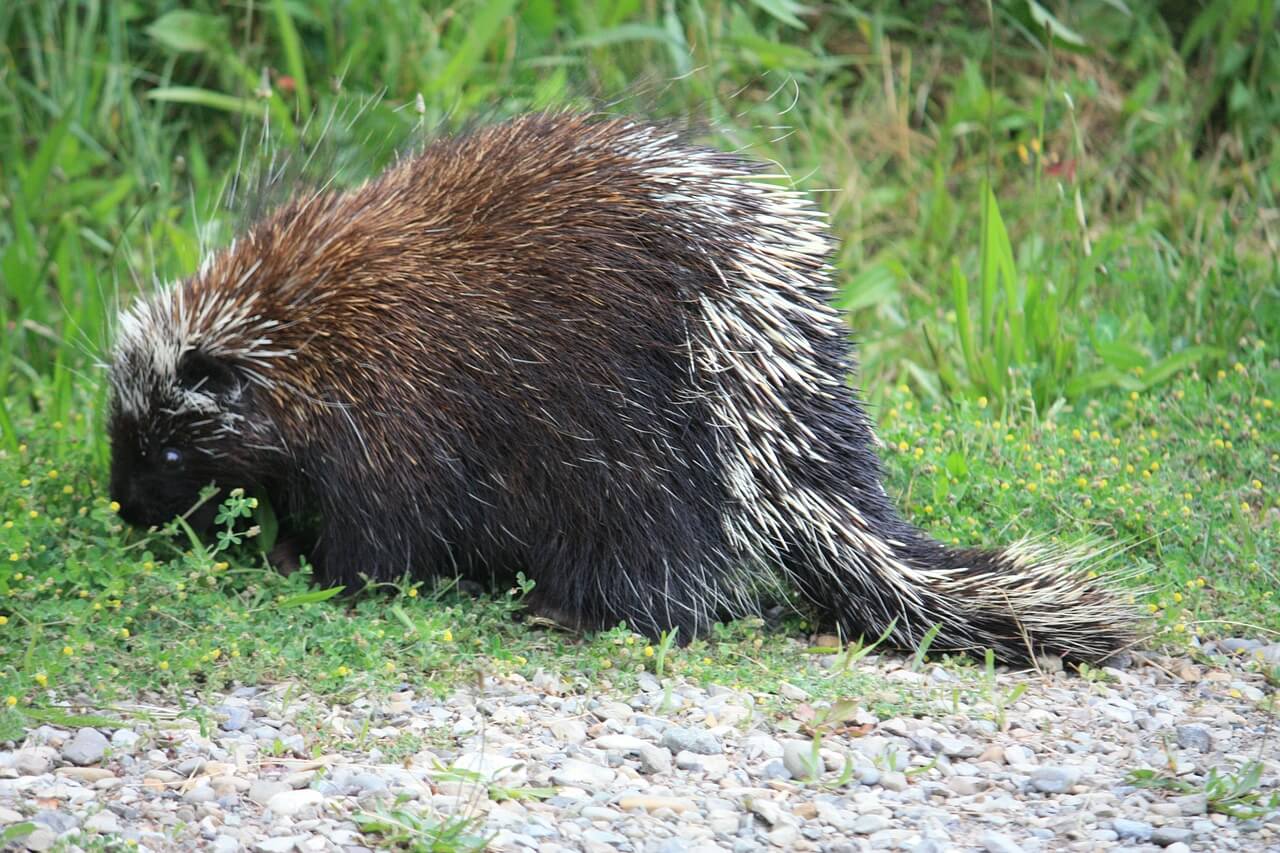
For example, visitors who explore the parks highest elevations may have the chance to spot mountain goats. Additionally, pikas – small mammals related to rabbits – are another common sight amid the park’s rocky regions. Meanwhile, visitors who stick to the forested slopes of the park may get the chance to spot a porcupine, and those who check out the park’s wetlands may get the chance to see a beaver.
Plentiful Predators
Although most will avoid humans, several fascinating predators prowl Mount Rainier National Park.
All healthy habitats have predators, and this includes Mount Rainier National Park. In fact, Mount Rainier has a very diverse collection of predators, which all occupy different niches.
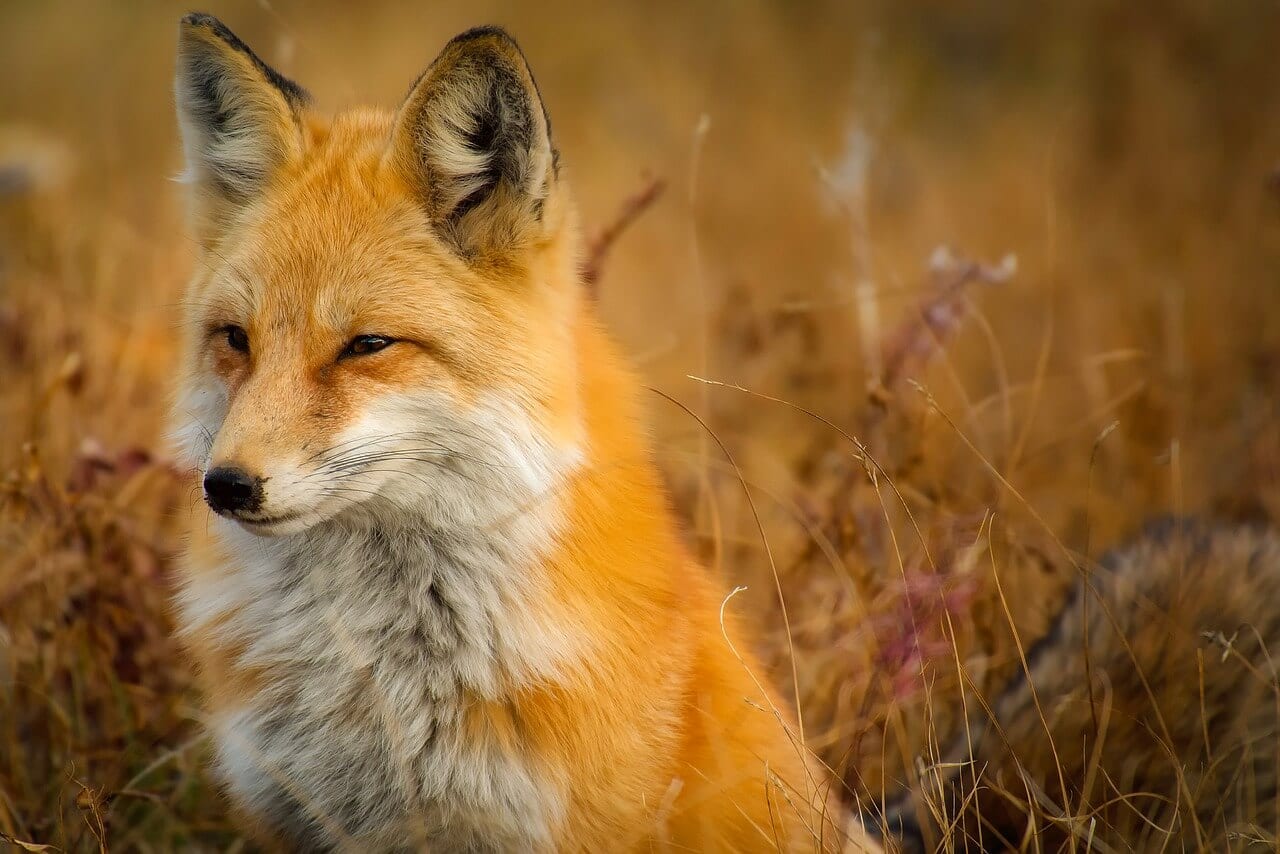
For example, skunks and weasels help keep the park’s rodent populations in check, while raccoons and fishers prefer prey found near the water, such as fish and frogs. On the other hand, the park’s coyote population feeds on a variety of different small animals, ranging from chipmunks to snowshoe hares.
Red foxes and bobcats also prowl the forests and fields on Mount Rainier National Park. The foxes primarily prey on mice and other small rodents, but they’ll also steal bird eggs when the opportunity arises. Bobcats primarily prey on the park’s hares, but every once in a while, a particularly hungry bobcat will attack a deer fawn.
Mountain lions and black bears are the park’s largest predators. The mountain lions primarily prey on the park’s deer, but the bears’ tastes are more varied. In addition to the hares, squirrels and other small animals they consume, bears supplement their diet with plenty of nuts, insects and berries.
Songbirds, Waterfowl and Birds of Prey
Mount Rainier National Park boasts an impressive array of resident bird species, which visitors should make every effort to see.
Mount Rainier is home to a very vibrant collection of bird species. Some, such as the chickadees, Stellar’s jays and marbled murrelets, primarily stick to the park’s low-elevation forests. Others, such as the park’s peregrine falcons, stick to the park’s highest elevations, where they hunt other birds on the wing.
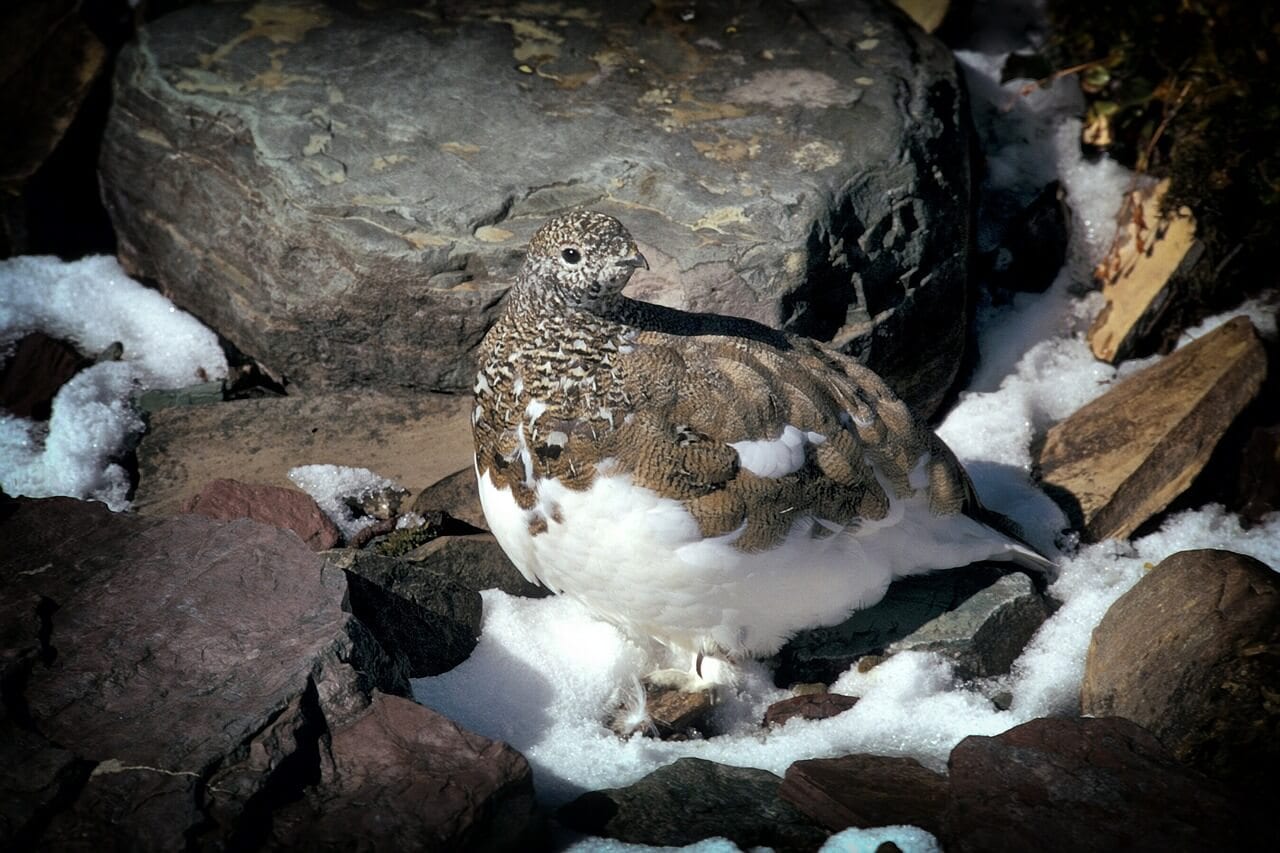
Several ground-dwelling birds also live in Mount Rainier National Park. This includes ptarmigans, who frequent the coldest elevations of the park, as well as the grouse, which is a denizen of the park’s meadows and fields. The park also hosts a variety of water-loving birds, such as the harlequin duck, common loon and great blue heron.
Several of the park’s bird species enjoy some degree of protection, thanks to the existential threats they face. Among others, this includes bald eagles, northern goshawks and northern spotted owls. The northern spotted owl is one of the park’s most imperiled species, and it is the one of the few endangered species to inhabit the park all year long.
Wildlife Viewing Tips
Employ the following tips to ensure you see as many Mount Rainier animals as possible.
Mount Rainier is a great place to view wildlife, especially if you’re interested in seeing an assortment of bird species. Just be sure that you see as many animal species as possible by employing the tips and tricks provided below.
- Don’t be afraid of the rain. For a variety of reasons, rainy days often provide some of the best opportunities to see wildlife. So, don’t cancel your trip if the forecast calls for rain. Just put on your best rain gear and hit the trail.
- Visit in the spring if you are interested in songbirds. Many songbird species live in Mount Rainier National Park all year long, so you can see the resident birds any time you like. However, the spring offers the best chance to see the birds brandishing their boldest colors, and you may get to see interesting nest-building behaviors too.
- Use the park’s webcams to familiarize yourself with the habitats. Mount Rainier National Park has several wildlife webcams set up around the property, which you can view online. Start browsing these webcam feeds a few weeks before your trip, to see if you can infer any behavioral patterns and learn what to expect when visiting different habitats.
- Solicit wildlife-viewing tips from the staff. Mount Rainier’s park staff is a great resource for wildlife information, so be sure to talk with the rangers to learn about some of the most productive places to spot the park’s critters.
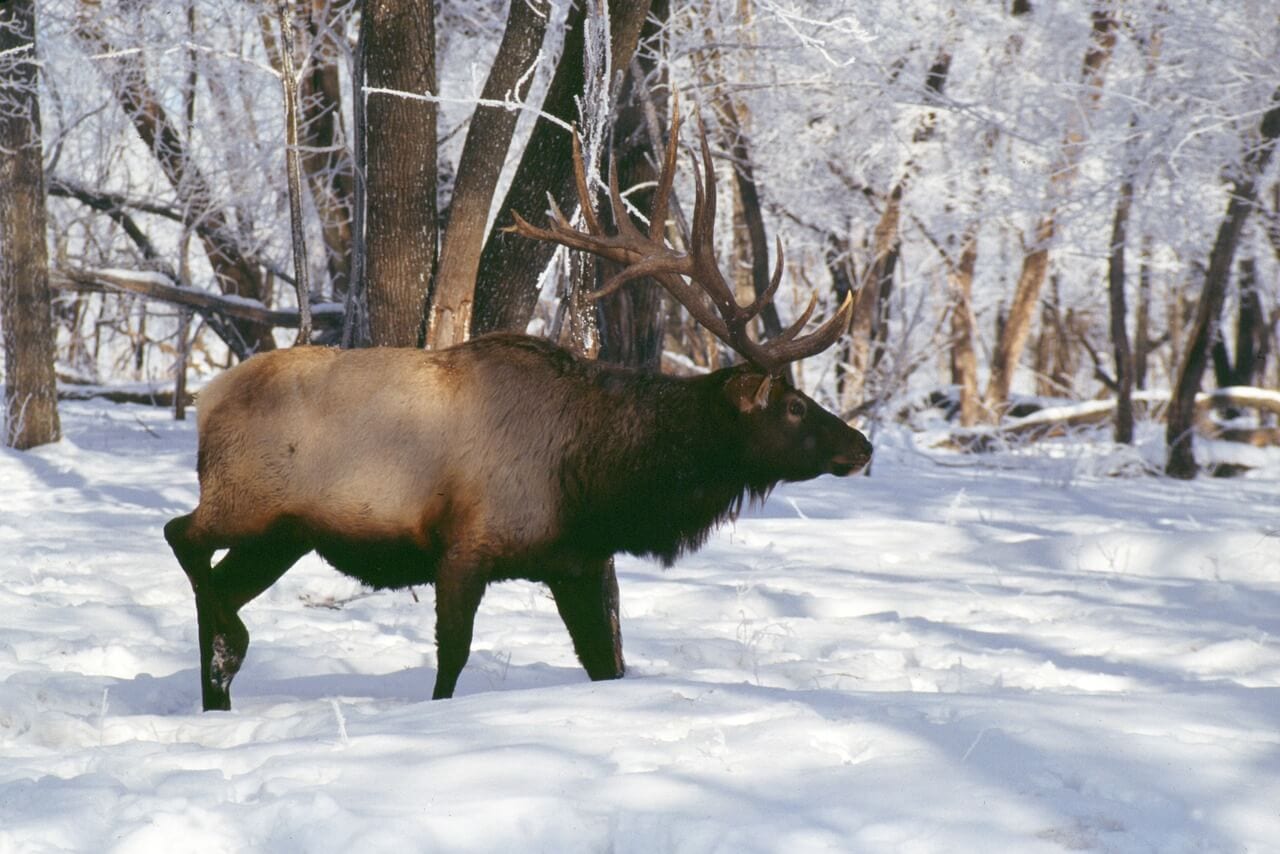
Tell Us About Your Experiences!
Mount Rainier National Park is not only home to a variety of wild animals, but it also features a variety of other natural wonders, including the Rainier volcano, glorious wildflowers and mesmerizing vistas. Accordingly, it is one of the most important parks for nature lovers to visit at some point in their life.
Have you already had the opportunity to visit Mount Rainier National Park? We’d love to hear about your experiences. Tell us all about your adventure and the animals you had the chance to see in the comments below.



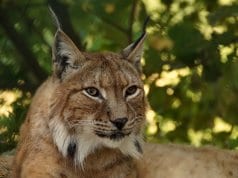
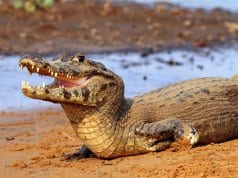
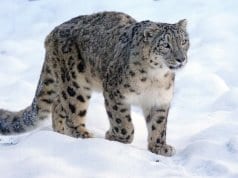
![Red Angus Closeup of a beautiful Red Angus cowPhoto by: U.S. Department of Agriculture [pubic domain]https://creativecommons.org/licenses/by/2.0/](https://animals.net/wp-content/uploads/2020/03/Red-Angus-4-100x75.jpg)

